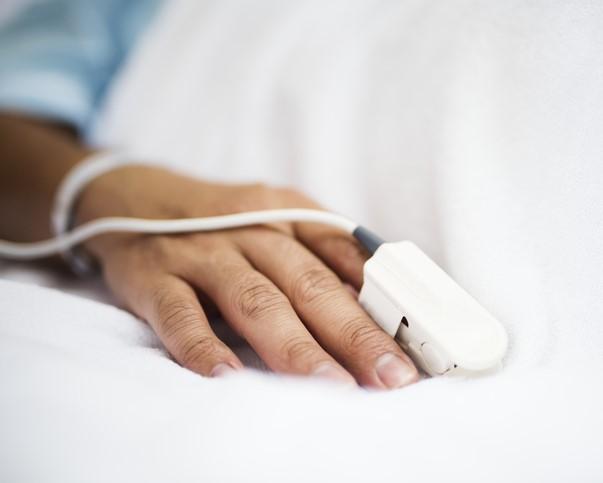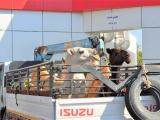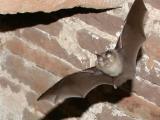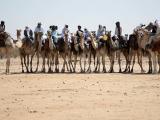As part of a steady stream of recent MERS-CoV cases in Saudi Arabia, the country reported eight more illnesses over the past few days, including some people infected in healthcare settings, as Oman reported one more illness in its spike in cases.
The latest reports from the Saudi Ministry of Health (MOH) epidemiologic weeks 5 and 6 reports bring the number of MERS-CoV (Middle East respiratory syndrome coronavirus) cases reported so far this year to 22, mostly in Riyadh and Wadi ad-Dawasir.
Healthcare, household contacts infected
One of two illnesses added to the epi week 5 report involves a 31-year-old man from Al Kharj whose infection is classified as secondary and contracted in a healthcare setting, meaning he acquired it from another patient. But the man also had recent contact with camels
The other case involves a 62-year-old man from the capital city of Riyadh who had contact with camels before he got sick. Both men are hospitalized.
In its epi week 6 report, the MOH reported 6 cases, 4 yesterday and 2 today. Five of the patients are from Wadi ad-Dawasir, which has reported several cases over the past few days.
Four of the Wadi ad-Dawasir patients, men ages 32, 39, 55, and 61, are listed as having secondary, healthcare-acquired illnesses, hinting at a possible hospital-related outbreak. In addition to being classified as a patient with a healthcare-acquired infection, the oldest two men also had contact with camels. The 39-year-old is in home isolation, but the rest are hospitalized.
The fifth patient from Wadi ad-Dawasir, a 40-year-old man, is listed as a secondary household contacts. But he also had camel contact before his illness. He, too, is hospitalized.
The sixth case in today's MOH report is in a 75-year-old man from Riyadh who didn't have contact with camels or other known patients and is being treated in the hospital.
Recent Saudi cases fit known patterns
So far, sustained human-to-human transmission hasn't been seen with MERS-CoV, but the virus seems to spread easily in healthcare facilities, for reasons that aren't clear.
Large hospital-related outbreaks in Saudi Arabia have become less common as the country makes progress in preventing the spread of the disease in those settings. Smaller events, however, continue to be reported, and the World Health Organization (WHO) said in a 2018 risk assessment that it is still concerned about the ongoing outbreaks.
Limited spread has been seen in households among people who have close contact, but the main threat is still from direct or indirect contact with camels, the agency said.
The WHO said in a January update that, from 2012 through 2018, it had received reports of 2,279 MERS cases, at least 806 of them fatal and the vast majority in Saudi Arabia.
Recent Oman cases rise to 5
Elsewhere in the Middle East, Oman today reported one more MERS case, coming just days after it reported four others, according to a health ministry statement translated and posted by Avian Flu Diary (AFD), an infectious disease news blog.
In its announcement, the health ministry also reported two deaths from the virus, but included no other details about the patients. Oman has now reported 19 MERS-CoV infections since 2013.
See also:
Saudi MOH epi week 5 report
Saudi MOH epi week 6 report
Feb 4 AFD post
Jan 29 CIDRAP news scan "Oman and Saudi Arabia report new MERS cases"



















